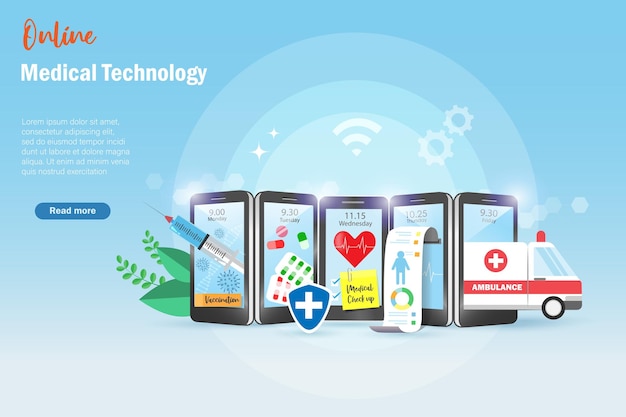A Comprehensive Overview to Subscription Based Healthcare: What You Need to Know
A Comprehensive Overview to Subscription Based Healthcare: What You Need to Know
Blog Article
The Increase of Subscription-Based Healthcare and Its Influence On Patient Treatment
As healthcare evolves, the subscription-based version is gaining grip, assuring to change patient treatment by using predictability and accessibility. The potential for these designs to improve health care distribution raises pushing concerns about their long-term sustainability and inclusivity. Are these registration services the future of health care, or do they take the chance of leaving vulnerable populaces behind?
Recognizing Subscription Medical Care Versions
Comprehending the concept of registration healthcare versions includes checking out a transformative approach to medical solutions that emphasizes price and accessibility. These models, typically described as straight medical care (DPC) or attendant medicine, have actually become innovative choices to conventional fee-for-service healthcare systems. Registration medical care enables patients to pay a set monthly or annual fee for a defined set of clinical services, which may include limitless workplace visits, routine examinations, and standard lab examinations, without the demand for typical insurance invoicing.
The structure of subscription health care versions is made to enhance client treatment by getting rid of third-party payers and complex payment codes, therefore reducing management problems. Medical care providers can focus much more on patient care, fostering more powerful patient-provider partnerships. This version additionally promotes preventative treatment by encouraging regular visits, as the financial barrier of per-visit fees is removed.
The registration version commonly encourages healthcare suppliers to take care of smaller sized patient panels, enabling for even more customized care. It lines up monetary incentives with person health and wellness end results, as providers are motivated to maintain person fulfillment and wellness. Generally, understanding subscription health care versions calls for acknowledging their potential to reshape exactly how care is provided and accessed.
Benefits for Individuals and Companies

For suppliers, subscription-based models provide the opportunity to deepen patient-provider relationships. With a stable revenue stream, health care professionals can commit even more time per patient, bring about a more customized and detailed treatment experience. This design also reduces reliance over person quantities, alleviating burnout and boosting job complete satisfaction. In addition, the focus on precautionary treatment within subscription strategies can result in better individual results and lowered lasting medical care costs. By concentrating on continual treatment, companies can attend to issues before they escalate, eventually benefiting the medical care system overall by reducing the worry on emergency and intense care services.
Issues and difficulties
While subscription-based medical care designs existing various advantages, they likewise come with a collection of challenges and problems that have to be resolved. This raises honest inquiries about equitable accessibility to health care services.
Financial sustainability of subscription-based models is an additional issue. Suppliers must stabilize the set income from registrations with the variable prices of health care solutions, which may vary due to unforeseen clinical requirements. This can develop stress to limit this services or boost charges, possibly impacting patient complete satisfaction and care high quality.
Additionally, regulative oversight of subscription-based health click reference care versions is still advancing. Attending to these challenges is crucial for the successful and equitable application of subscription-based health care.
Effect On Patient-Doctor Relationships
One substantial influence of subscription-based healthcare models on patient-doctor connections is the potential for improved continuity and individualized care. By adopting a subscription model, medical professionals can take care of a smaller person panel, permitting more specialized time with each individual. This enhanced availability cultivates a much deeper understanding of an individual's clinical background, way of life, and choices, allowing extra tailored treatment plans and interventions.

Nevertheless, it is necessary to acknowledge that while subscription-based models may profit those who can afford them, they can unintentionally expand healthcare disparities. Individuals who are not able to join these versions might experience reduced accessibility to customized care, potentially affecting their relationships with healthcare companies. Therefore, while the registration model uses appealing advantages for patient-doctor relationships, it likewise positions challenges that require to be dealt with to ensure equitable healthcare access.
Future of Medical Care Gain Access To

The duty of innovation can not be overlooked in this makeover. Telemedicine systems and electronic health documents facilitate seamless interaction between patients and healthcare companies, breaking down logistical and geographical barriers. In addition, advancements in expert system and data analytics can additionally individualize treatment by predicting individual needs and optimizing treatment plans.
Nevertheless, the future of health care gain access to additionally presents challenges, such as making certain equity across different socio-economic groups. Policymakers and health care providers must team up to bridge the electronic divide, making certain that subscription-based designs continue to be inclusive and affordable. As these systems mature, they hold the promise of making health care more accessible, effective, and patient-centric.
Final Thought
Subscription-based healthcare designs are reshaping individual care by supplying a stable expense structure and improving ease of access. These models strengthen patient-provider connections via customized treatment and routine check outs, highlighting preventative health and wellness. In spite of these advantages, obstacles such as access problems for low-income populations and the demand for fair medical care services persist. Read More Here The surge of subscription-based health care motivates proactive person interaction, which has the possible to enhance client results and complete satisfaction, signaling a transformative change in medical care shipment.
As medical care progresses, the subscription-based design is getting traction, promising to reinvent individual care by using predictability and availability.Subscription-based healthcare designs offer unique benefits for both companies and patients, boosting the overall health care experience.As medical care systems develop, the future of healthcare accessibility frequently pivots on the combination of innovative models and innovations.Subscription-based healthcare designs are improving client care by providing a stable expense framework and boosting availability. The increase of subscription-based health care motivates proactive patient involvement, which has the potential to boost individual outcomes and complete satisfaction, indicating a transformative shift in healthcare shipment.
Report this page